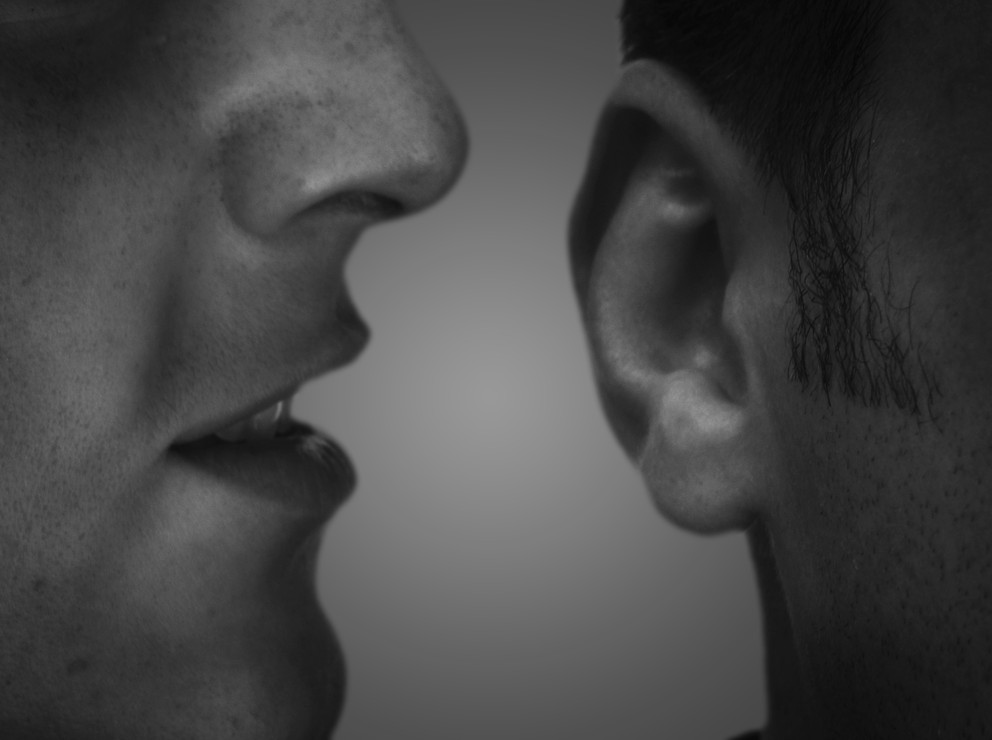
ASMR: Experience of Emotions Taking the Internet by the Storm
admin
- 0
kfoodfair2015.com – Autonomous Sensory Meridian Response (ASMR) has become a phenomenon that captivates millions of people worldwide. This sensory experience, often described as a tingling sensation in the head, neck, and spine, is triggered by specific visual or auditory stimuli. ASMR has evolved from a niche interest to a global sensation, with content creators and marketers alike leveraging its unique appeal to engage audiences.
What is ASMR?
ASMR is a subjective experience characterized by a pleasurable tingling sensation that typically begins in the head and can spread to other parts of the body. This sensation is often triggered by soft sounds, such as whispering, tapping, or scratching, as well as visual stimuli like slow, methodical hand movements. The experience is highly individual, with different triggers working for different people.
The Science Behind ASMR
The exact mechanisms behind ASMR are still not fully understood, but research suggests that it involves the activation of the prefrontal cortex’s reward system, leading to the release of endorphins, serotonin, and oxytocin. These neurotransmitters are associated with feelings of relaxation, contentment, and reduced stress and anxiety.
Popular ASMR Triggers
ASMR triggers can vary widely, but some of the most common include:
- Whispering: Soft, gentle whispers are one of the most popular ASMR triggers.
- Scratching: The sound of scratching against various surfaces can be highly effective.
- Tapping: Rhythmic tapping sounds, often on different materials, can induce the ASMR response.
- Visual Stimulation: Slow, deliberate hand movements or light patterns can also trigger ASMR.
The Rise of ASMR Content
The ASMR movement has seen a significant surge in popularity over the past few years. With millions of ASMR videos on platforms like YouTube, the content has become a go-to for relaxation, stress relief, and even sleep aids. The community of ASMR creators continues to grow, with each individual developing their unique style and triggers.
ASMR in Marketing
Brands are also recognizing the potential of ASMR in marketing. By incorporating ASMR elements into their content, businesses can create a more engaging and relaxing experience for their audience. For example, KFC’s ASMR video featuring the sound of rain, which was actually the sound of frying chicken, successfully combined the brand’s product with a popular ASMR trigger.
How to Create ASMR Content
Creating ASMR content requires a focus on the quality of sound and visual stimuli. Here are some tips for aspiring ASMR creators:
- Use High-Quality Microphones: Investing in good audio equipment is crucial for capturing clear, crisp sounds.
- Experiment with Triggers: Try different sounds and visuals to see what works best for your audience.
- Be Consistent: Regularly posting content can help build a loyal following.
- Engage with Your Audience: Responding to comments and feedback can help you improve and tailor your content to your viewers’ preferences.
Conclusion
ASMR is more than just a trend; it’s a sensory experience that offers real benefits for mental well-being. Whether you’re a content creator looking to engage a new audience or a viewer seeking relaxation, ASMR offers a unique and rewarding experience. As the phenomenon continues to grow, it’s clear that ASMR is here to stay, providing a soothing escape in our fast-paced world.


